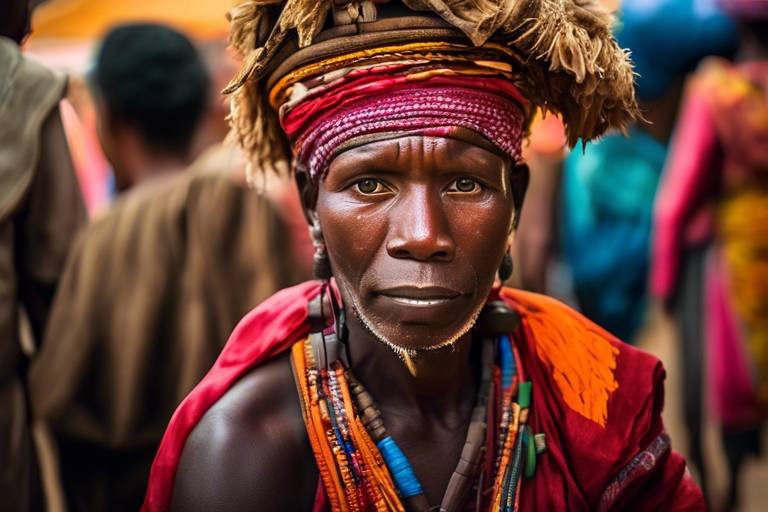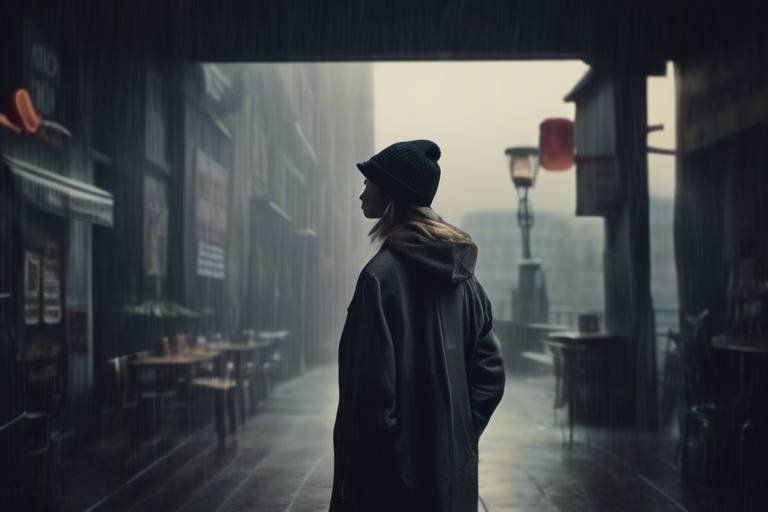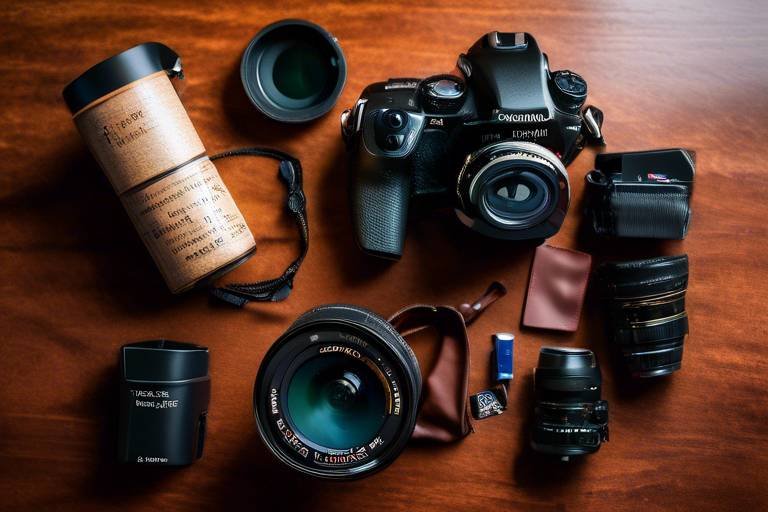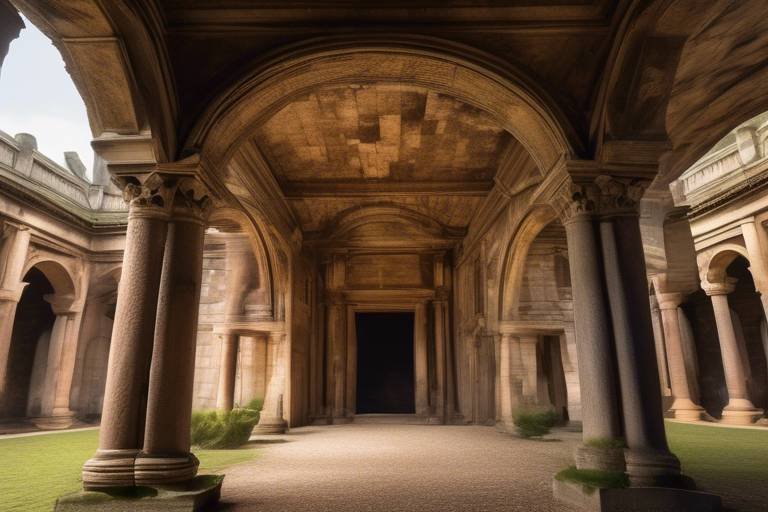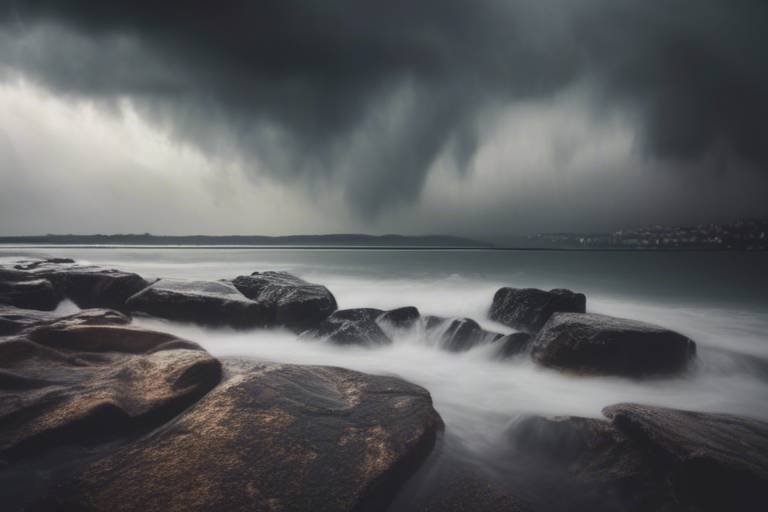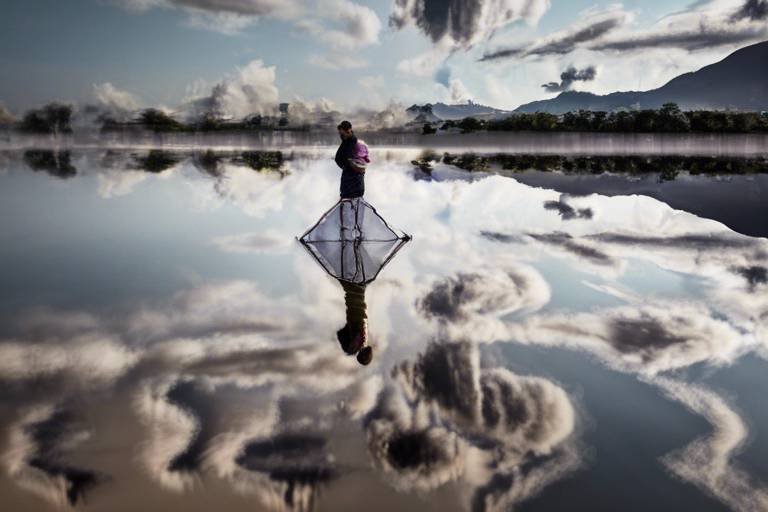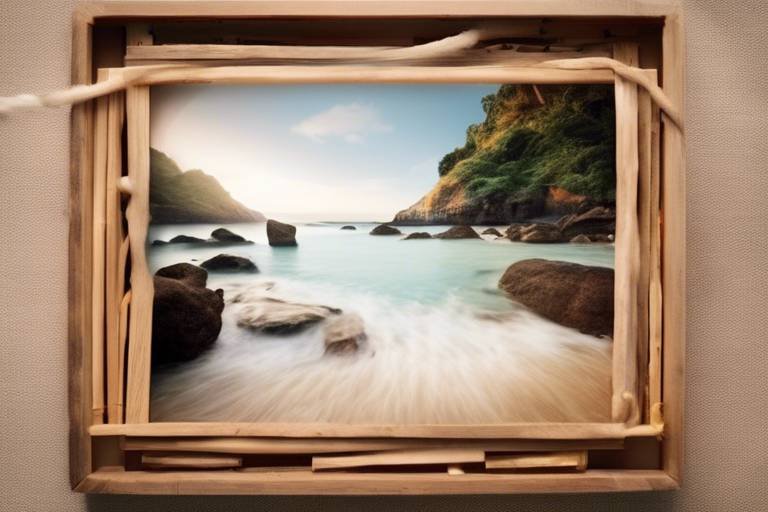How to Photograph Different Cultures While Traveling
Traveling provides a unique opportunity to explore the rich tapestry of cultures that exist around the world. Each culture is like a vibrant painting, filled with colors, textures, and stories waiting to be captured through the lens of a camera. Photographing different cultures while traveling is not just about taking pictures; it's about immersing yourself in the traditions, customs, and daily life of the communities you visit. It's a way to bridge the gap between strangers and create a visual dialogue that transcends language barriers.
When embarking on a journey to photograph different cultures, it is essential to approach the experience with an open mind and a respectful attitude. Understanding the nuances of cultural sensitivity is paramount in ensuring that your photography endeavors are met with acceptance and appreciation rather than offense or misunderstanding.
Researching local customs before you arrive at your destination is key to navigating the intricacies of a new culture. By familiarizing yourself with the traditions, taboos, and etiquette of the community you plan to photograph, you can ensure that your images reflect a deep understanding and respect for the people and their way of life.
Building trust and establishing connections with the locals is fundamental to capturing authentic and meaningful photographs. By taking the time to engage with the community, listen to their stories, and show genuine interest in their culture, you can create a bond that allows you to document their lives with honesty and integrity.
Choosing the right photography equipment is crucial for capturing the essence of different cultures. Whether you're photographing bustling markets, serene landscapes, or colorful festivals, selecting the appropriate camera gear and accessories will enable you to translate the beauty and diversity of the culture into compelling visual narratives.
Utilizing natural lighting and composition techniques can elevate your cultural photographs to new heights. By harnessing the power of light, framing your subjects thoughtfully, and experimenting with angles and perspectives, you can create images that not only document but also evoke emotions and tell captivating stories.
Participating in cultural activities and immersing yourself in the daily life of the community can provide invaluable insights and opportunities for unique photography. By actively engaging in local festivals, ceremonies, and traditions, you can witness firsthand the essence of a culture and capture moments that encapsulate its spirit.
Respecting privacy and seeking permission before taking photographs is a sign of respect for the individuals and communities you encounter. By acknowledging the boundaries and sensitivities of your subjects, you can ensure that your photography is conducted ethically and with the utmost consideration for cultural values.
Reflecting the diversity of cultures through photography is a celebration of humanity's rich tapestry of traditions, beliefs, and experiences. By highlighting the unique aspects of each culture while also emphasizing the universal connections that bind us all, you can create a visual narrative that honors both the differences and similarities that make us human.
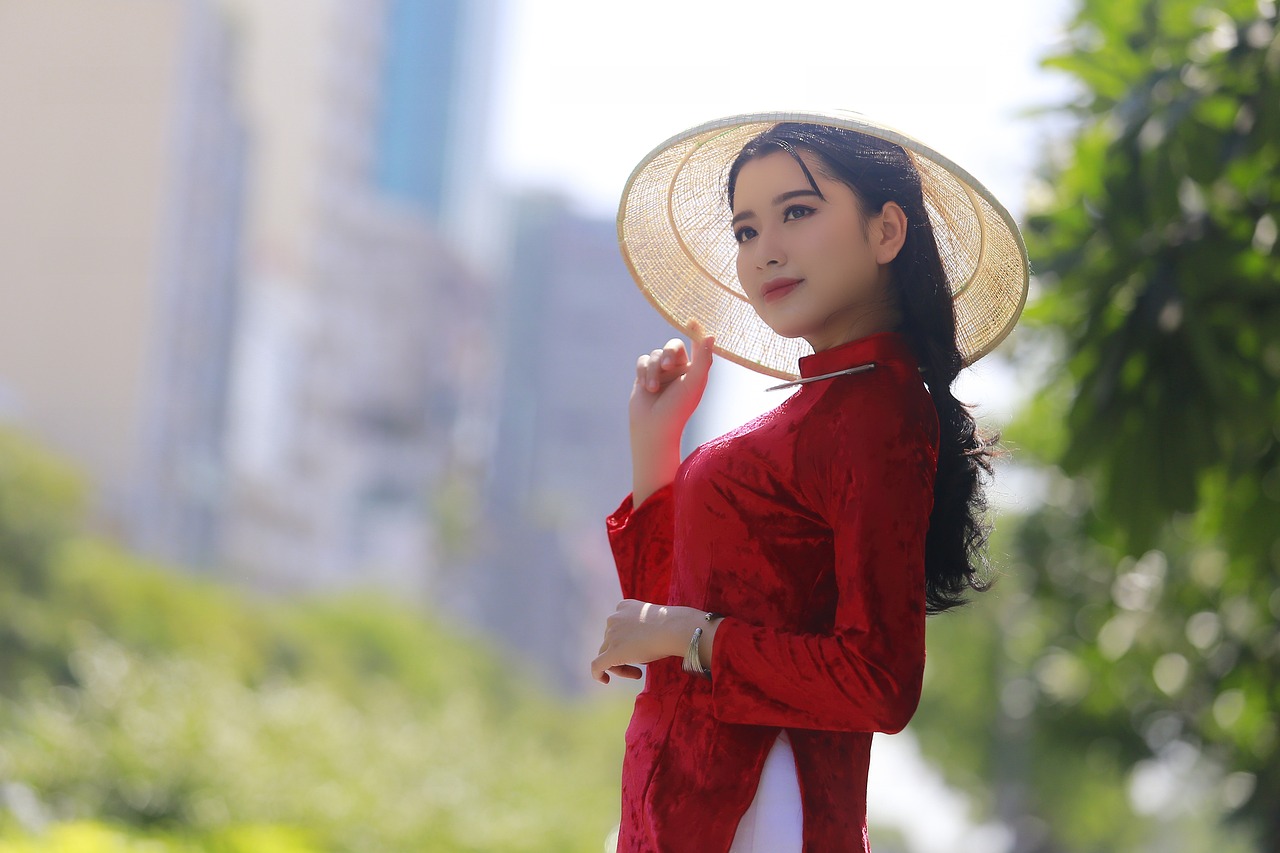
Understanding Cultural Sensitivity
When embarking on a journey to photograph different cultures while traveling, it is crucial to have a deep understanding of cultural sensitivity. This goes beyond just knowing the do's and don'ts; it involves respecting the values, beliefs, and traditions of the communities you encounter. Imagine cultural sensitivity as a delicate dance where every step must be taken thoughtfully and with awareness.
One of the key aspects of understanding cultural sensitivity is acknowledging that what may be acceptable or even celebrated in one culture can be taboo or offensive in another. It's like navigating through a maze of diverse norms and customs, where a misstep can lead to misunderstandings or even disrespect. Therefore, before raising your camera lens, take a moment to observe, learn, and internalize the cultural context surrounding you.
Empathy plays a vital role in understanding cultural sensitivity. Put yourself in the shoes of the people you are photographing. How would you feel if a stranger suddenly captured a moment of vulnerability or sacredness without permission? It's about putting humanity first and treating every individual you encounter with the dignity and respect they deserve.
Furthermore, cultural sensitivity involves being mindful of power dynamics and avoiding exploitation. It's not about taking advantage of a picturesque scene for personal gain but about honoring and celebrating the beauty and richness of each culture through your lens. Remember, a photograph should preserve the essence of a moment, not distort it.
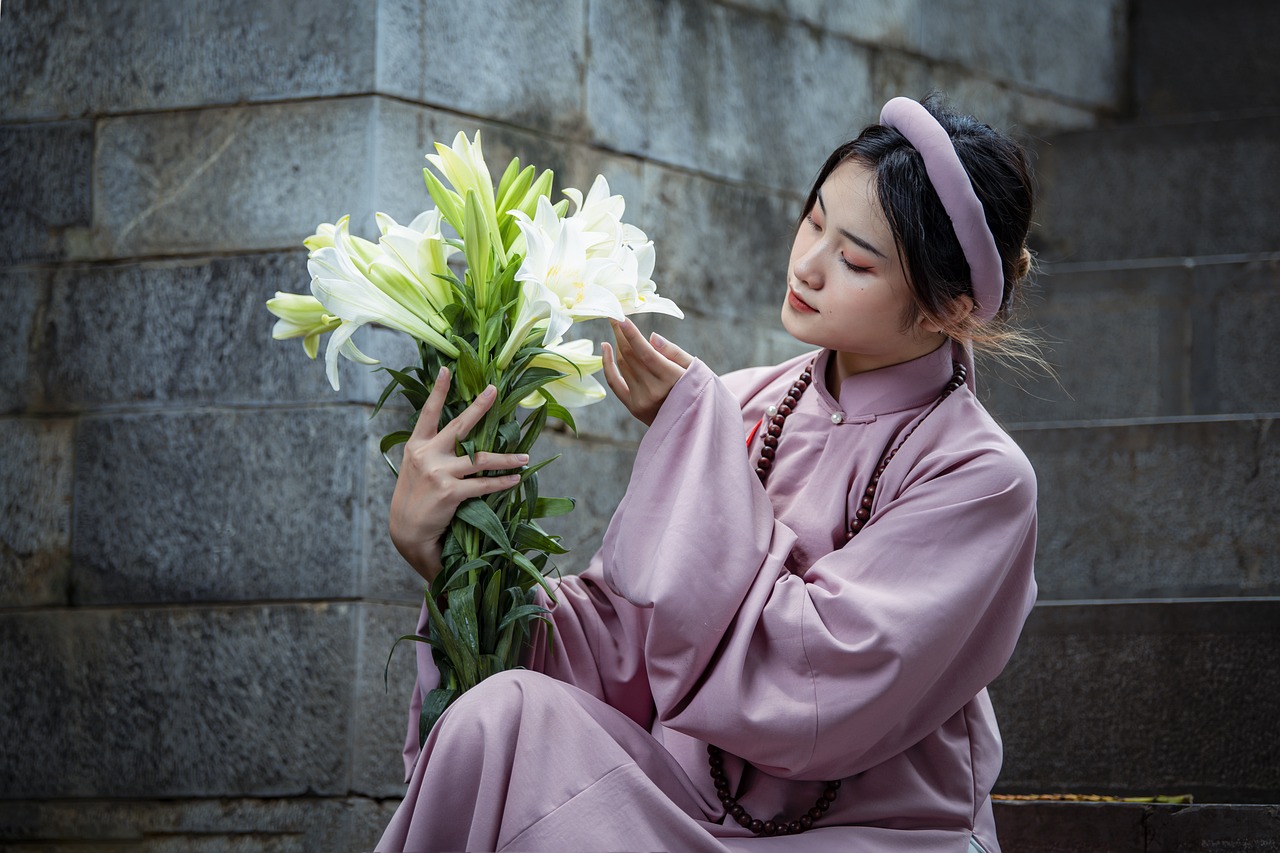
Researching Local Customs
Exploring techniques and tips for capturing the essence of diverse cultures through photography while traveling and respecting the traditions and people of the communities visited.
Researching local customs before embarking on a photography journey is crucial to understanding the cultural context and significance behind the scenes you wish to capture. By delving into the customs, traditions, and taboos of the destination, you equip yourself with the knowledge needed to navigate respectfully and capture authentic moments.
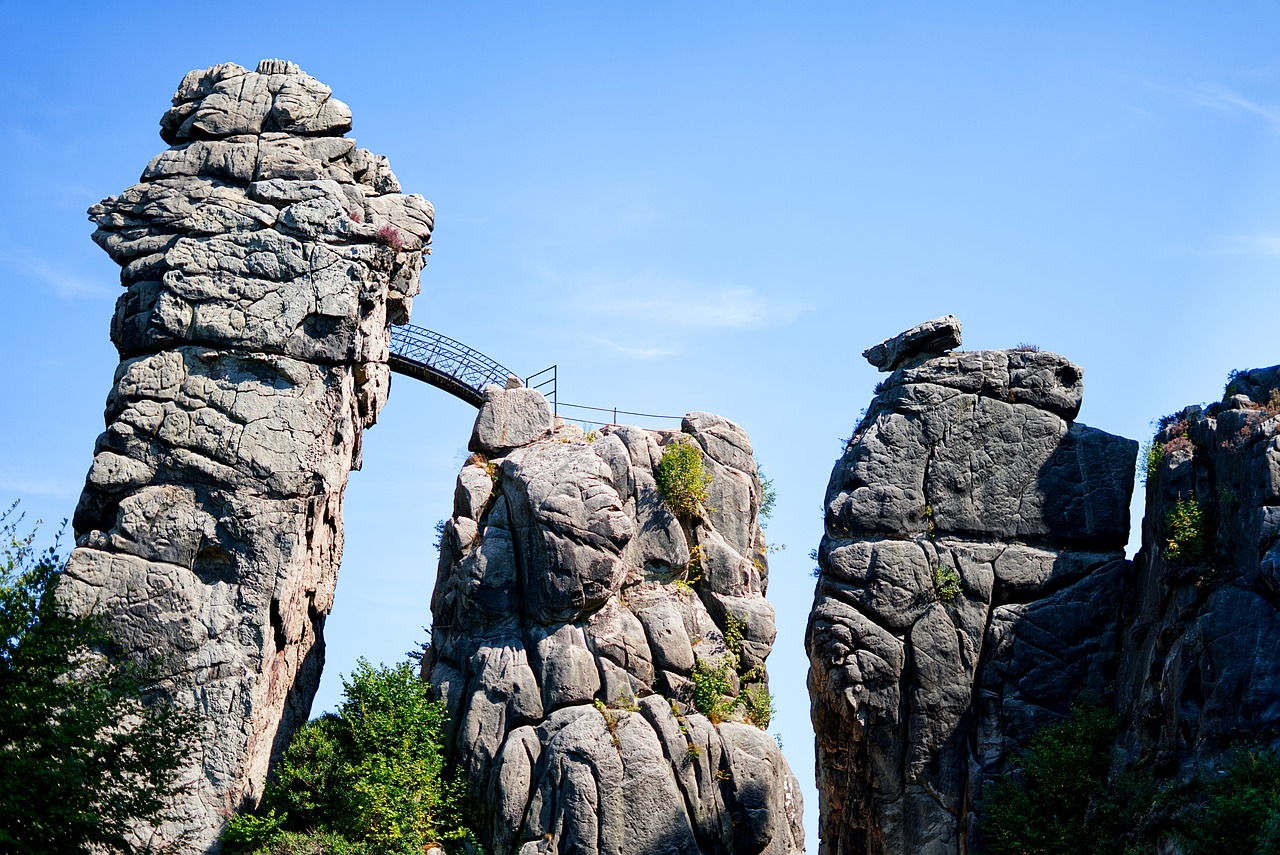
Building Trust and Establishing Connections
Building trust and establishing connections with the locals is a crucial aspect of capturing authentic and meaningful photographs that truly represent the essence of a culture. When you arrive in a new destination, it's essential to approach the community with respect and openness. Just like building a friendship, establishing trust takes time and effort. Engage in conversations, show genuine interest in their lives, and be willing to listen and learn. By demonstrating your sincere intentions and respecting their boundaries, you can create a connection that transcends language barriers.
One effective way to build trust is to participate in local activities and events. By immersing yourself in their traditions and customs, you show that you value their culture and are not merely a passive observer. Whether it's joining a traditional dance, helping with a local project, or sharing a meal with a family, these experiences can lead to genuine connections and open doors for capturing authentic moments through your lens.
Another important aspect of building trust is to be transparent about your intentions as a photographer. Explain why you are interested in documenting their culture and how you plan to use the photographs. Respect their privacy and seek permission before taking close-up shots or portraits. By involving them in the process and showing them the images you've captured, you can create a collaborative and respectful relationship that benefits both parties.
Furthermore, learning a few words or phrases in the local language can go a long way in establishing connections. Even a simple greeting or thank you in their native tongue can show your willingness to engage with their culture on a deeper level. Remember, building trust is not just about taking photographs; it's about forming genuine relationships based on mutual respect and understanding.

Choosing the Right Photography Equipment
Exploring techniques and tips for capturing the essence of diverse cultures through photography while traveling and respecting the traditions and people of the communities visited.
When embarking on a journey to photograph different cultures, selecting the appropriate photography equipment is crucial to ensure you can capture the beauty and authenticity of each destination. Your choice of gear can greatly impact the quality and success of your cultural photography endeavors.
First and foremost, consider the type of photography you will be focusing on during your travels. Are you more inclined towards portraits, landscapes, or documenting events and daily life? This will help you determine the essential equipment needed for your specific photography interests.
Additionally, think about the travel conditions and environment of the locations you plan to visit. Will you be exploring bustling markets, quiet villages, or vibrant festivals? Understanding the setting will aid in choosing the right gear that can withstand varying weather conditions and lighting situations.
When it comes to lenses, versatility is key. Opt for a lens that offers a wide range of focal lengths to adapt to different shooting scenarios quickly. A zoom lens can be particularly handy for capturing both intimate portraits and expansive landscapes without the need to switch lenses frequently.
Don't forget about accessories such as a sturdy tripod for stability, extra batteries for long shooting days, and memory cards with ample storage capacity to accommodate the multitude of photos you'll be taking.
Lastly, consider the weight and portability of your equipment. Traveling light while ensuring you have all the necessary tools at your disposal can make a significant difference in your comfort and mobility as you navigate through diverse cultural settings.
By carefully selecting the right photography equipment tailored to your photography style, travel destinations, and shooting conditions, you can elevate your cultural photography experience and capture stunning images that truly encapsulate the beauty and richness of different cultures.
Stay tuned for answers to common queries about photographing different cultures while traveling!

Utilizing Natural Lighting and Composition
Exploring techniques and tips for capturing the essence of diverse cultures through photography while traveling and respecting the traditions and people of the communities visited.
Importance of respecting cultural norms, traditions, and etiquette when photographing people, places, and events in different cultures to avoid causing offense or misunderstanding.
Tips on conducting thorough research on the customs, traditions, and taboos of the destination to understand the significance of certain gestures, clothing, and behaviors before taking photographs.
Strategies for building rapport with locals, gaining trust, and establishing connections to capture authentic and meaningful photographs that reflect the true essence of the culture.
Guidance on selecting the appropriate camera gear, lenses, and accessories for capturing diverse cultural scenes, portraits, landscapes, and events while considering the travel conditions and environment.
When it comes to capturing the beauty of different cultures through photography, natural lighting and composition play a crucial role. Natural light can enhance the colors and textures of a scene, creating a more authentic and captivating image. By paying attention to the direction and intensity of light, photographers can achieve stunning results that truly showcase the essence of the culture they are documenting.
In addition to lighting, composition is key in conveying the story behind a cultural photograph. Framing the subject in a way that highlights important details or cultural elements can make the image more engaging and meaningful. Experimenting with different angles and perspectives can also add depth and interest to the composition, allowing viewers to immerse themselves in the cultural narrative captured in the photograph.
Benefits of immersing in local cultural activities, festivals, ceremonies, and daily routines to experience firsthand and document the unique traditions, rituals, and lifestyle of different cultures.
Importance of respecting the privacy of individuals, communities, and sacred sites by seeking permission before taking photographs and being mindful of cultural sensitivities regarding image capture.
Embracing the diversity of cultures through photography by capturing the uniqueness of each community while also highlighting the universal human experiences and connections that transcend borders and differences.
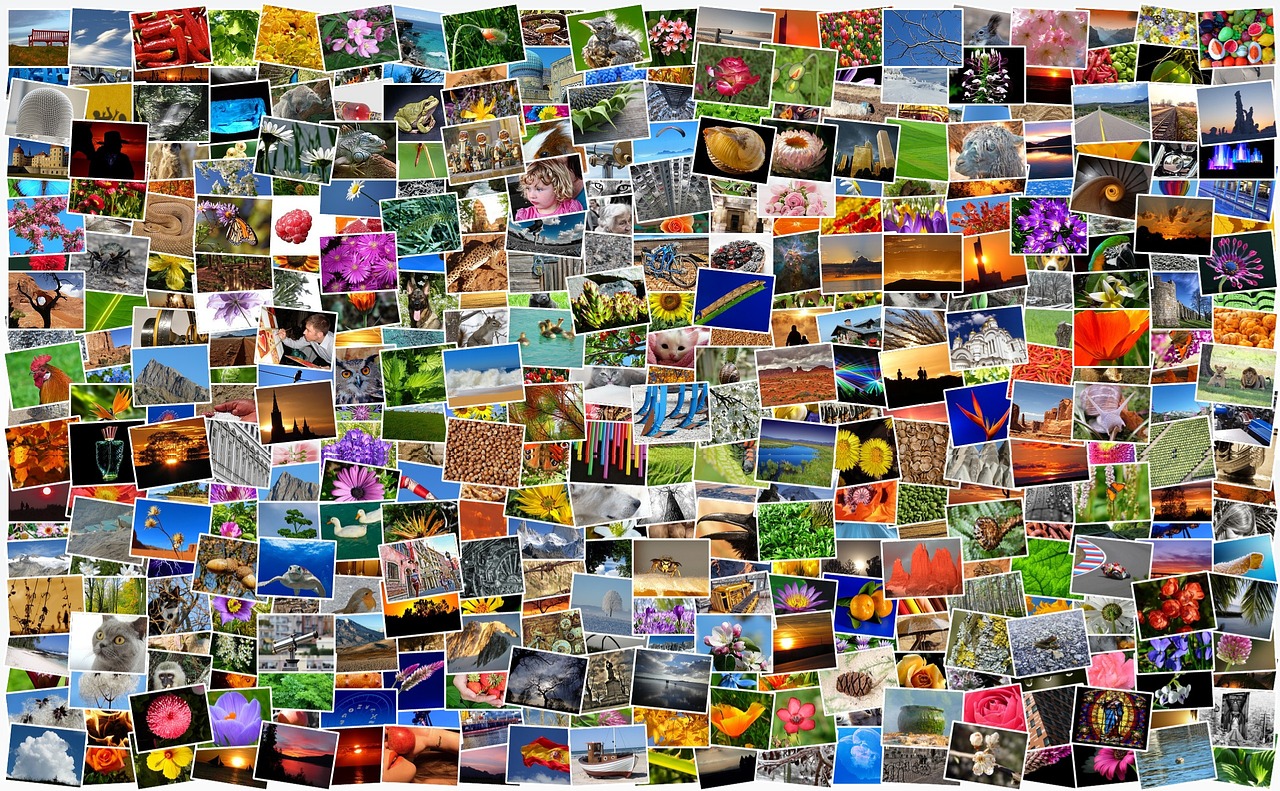
Participating in Cultural Activities
When traveling to different cultures, one of the most enriching experiences is participating in local cultural activities. By immersing yourself in the traditions, festivals, ceremonies, and daily routines of a community, you can gain a deeper understanding of their way of life and document unique aspects of their culture through photography.
Engaging in cultural activities allows you to witness firsthand the customs and rituals that define a particular community. Whether it's joining in a traditional dance, attending a religious ceremony, or observing a local craft being made, these experiences offer valuable insights that can be translated into powerful and authentic photographs.
Moreover, participating in cultural activities enables you to establish connections with the people you are photographing. By showing genuine interest and respect for their traditions, you can build trust and rapport, which often leads to more candid and meaningful photos that capture the essence of the culture in its truest form.
Through these interactions, you can also gain a deeper appreciation for the values and beliefs that shape a community's identity. By documenting these cultural activities, you not only preserve moments in time but also contribute to a greater understanding and celebration of diversity.
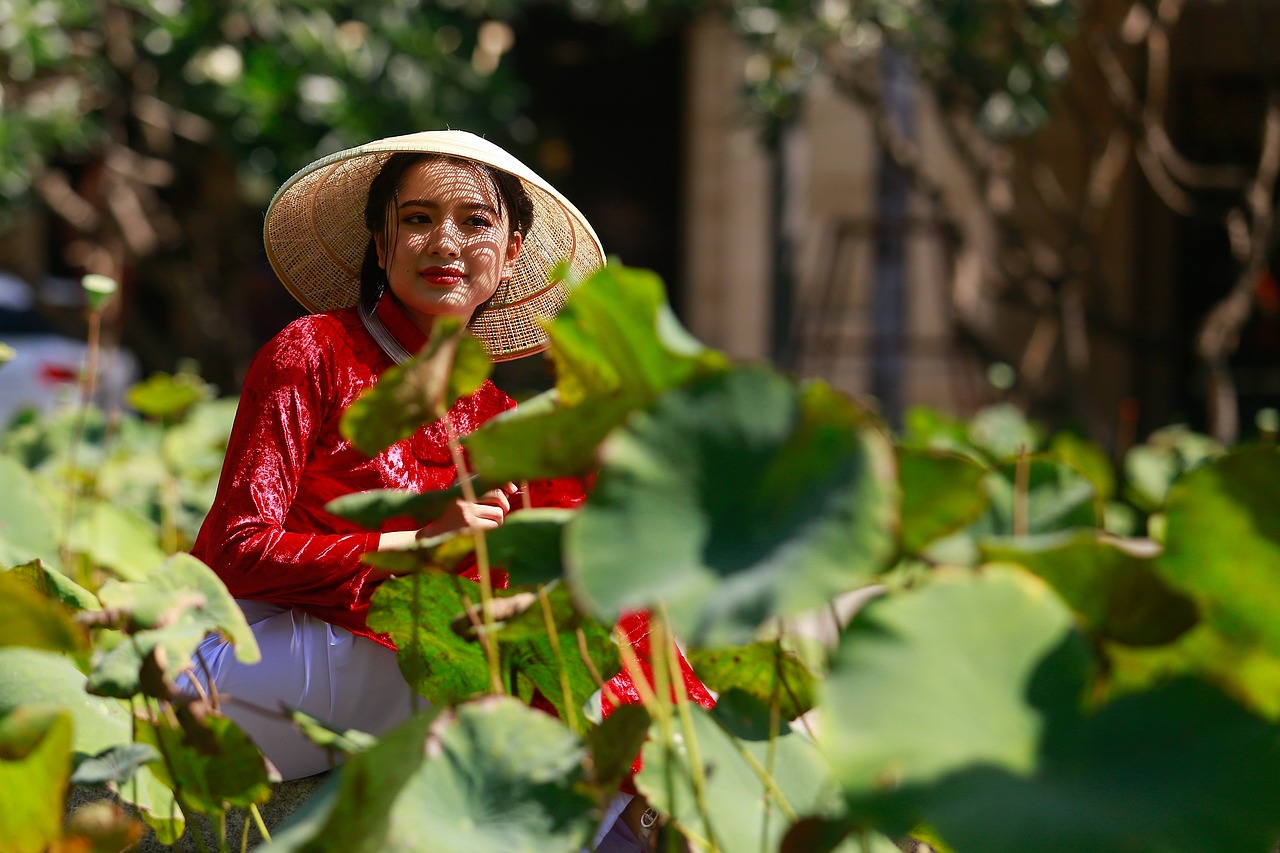
Respecting Privacy and Seeking Permission
Respecting the privacy of individuals, communities, and sacred sites is paramount when capturing cultural photographs while traveling. It is essential to seek permission before taking any photographs, especially when dealing with sensitive subjects or private moments. By gaining consent, you not only show respect for the people you are photographing but also build trust and establish a positive connection with them.
When seeking permission to take someone's photo, it is crucial to communicate openly and honestly about your intentions. Explain why you want to capture the moment and how you plan to use the image. By being transparent, you can ensure that the subjects are comfortable and willing to participate in the photographic process. This approach fosters a collaborative and respectful environment between the photographer and the individuals being photographed.
Respecting privacy also extends to sacred sites and culturally significant locations. Some places may have restrictions on photography or specific protocols that need to be followed. It is essential to research and understand the rules and regulations governing these sites before attempting to take any photographs. By adhering to the guidelines set by the local community, you show reverence for their traditions and beliefs.
In some cultures, taking photographs without permission can be seen as intrusive or disrespectful. As a photographer, it is your responsibility to be mindful of cultural sensitivities and to always prioritize the comfort and privacy of the people you are photographing. By approaching each situation with sensitivity and empathy, you can create meaningful and impactful images that honor the dignity and autonomy of the individuals involved.
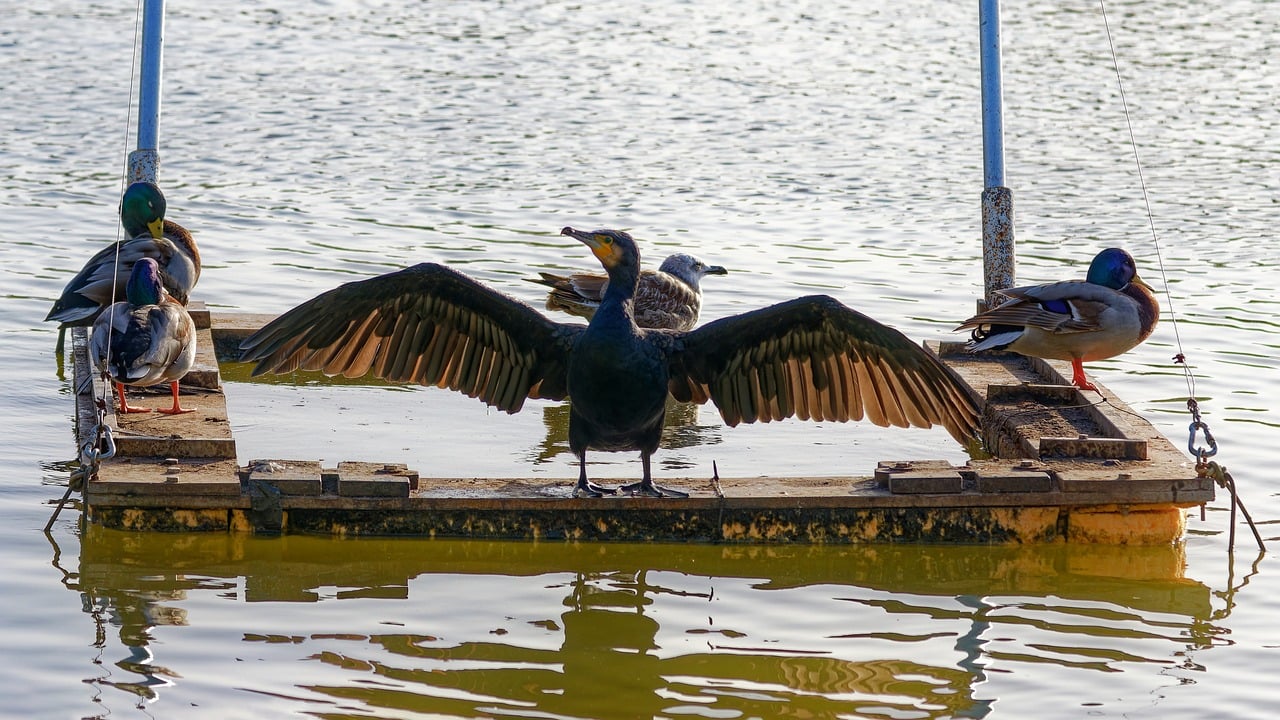
Reflecting Diversity and Celebrating Similarities
Exploring techniques and tips for capturing the essence of diverse cultures through photography while traveling and respecting the traditions and people of the communities visited.
Importance of respecting cultural norms, traditions, and etiquette when photographing people, places, and events in different cultures to avoid causing offense or misunderstanding.
Tips on conducting thorough research on the customs, traditions, and taboos of the destination to understand the significance of certain gestures, clothing, and behaviors before taking photographs.
Strategies for building rapport with locals, gaining trust, and establishing connections to capture authentic and meaningful photographs that reflect the true essence of the culture.
Guidance on selecting the appropriate camera gear, lenses, and accessories for capturing diverse cultural scenes, portraits, landscapes, and events while considering the travel conditions and environment.
Tips on using natural light, framing, angles, and composition techniques to enhance the visual impact of cultural photographs and create compelling storytelling images that evoke emotions.
Benefits of immersing in local cultural activities, festivals, ceremonies, and daily routines to experience firsthand and document the unique traditions, rituals, and lifestyle of different cultures.
Importance of respecting the privacy of individuals, communities, and sacred sites by seeking permission before taking photographs and being mindful of cultural sensitivities regarding image capture.
Embracing the diversity of cultures through photography by capturing the uniqueness of each community while also highlighting the universal human experiences and connections that transcend borders and differences.
Frequently Asked Questions
- How can I ensure I am being culturally sensitive when photographing different cultures?
To ensure cultural sensitivity, it is essential to research and understand the local customs, traditions, and etiquette of the destination. Building trust and establishing connections with the locals is also crucial for capturing authentic and respectful photographs.
- What photography equipment is recommended for capturing diverse cultural scenes?
Choosing the right photography equipment involves selecting gear that suits the environment and conditions of travel. It is advisable to have a versatile camera, various lenses for different types of shots, and accessories that enhance the quality of the images.
- How can natural lighting and composition enhance cultural photographs?
Utilizing natural light effectively, along with employing framing, angles, and composition techniques, can significantly improve the visual impact of cultural photographs. These elements help create compelling images that tell stories and evoke emotions.
- Is it necessary to seek permission before photographing individuals and communities?
Respecting privacy and seeking permission before taking photographs is crucial, especially when capturing images of individuals, communities, and sacred sites. Being mindful of cultural sensitivities and seeking consent demonstrates respect for the subjects being photographed.
- How can photography reflect the diversity and similarities of different cultures?
Photography can showcase the uniqueness of each culture while also highlighting the shared human experiences and connections that transcend borders. By celebrating diversity and similarities, photographers can capture the essence of different cultures authentically.

